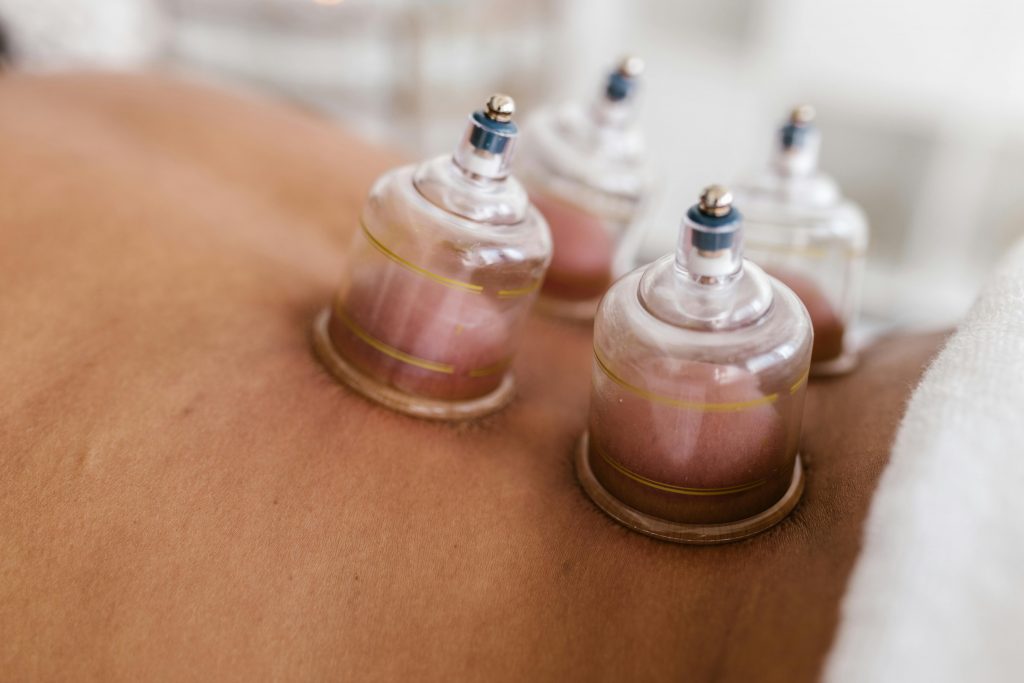19 Apr How Does a Myotherapist Treat?
A myotherapist provides evidence-based assessment, treatment and rehabilitation for a wide range of musculoskeletal pain and various associated conditions. They do so by using differing techniques as appropriate to help improve or restore proper function. Some of techniques used in their treatments include:
Myofascial release
Myofascial release is the use of shear, tensile or compressive force on muscle tissue to release adhesions between connective tissues, reduce sensitivity and to reduce thickness of any fibrous developments. It also has the added benefit of improving/restoring blood flow and flexibility to allow for better long-term recovery.
Digital Ischemic Pressure
Digital Ischemic Pressure (DIP) refers to the use of either a thumb or finger applying pressure to a trigger point. This pressure is then maintained at a tolerable level for up to 30 seconds or until the pain has dissipated. This cycle is repeated 2-4 times depending on the referral and is then followed by some light passive stretching of the muscle tissue.
Dry Needling

Dry Needling is the use of acupuncture needles to release trigger points or hyperirritable spots located within the various muscles of the body. These trigger points can be formed whenever there is significant strain or stress applied to the muscle as well as from poor posture, sleeping habits, age or sedentary behaviour. Dry Needling can be performed in many areas of the body such as the Neck, Back, Arms and Legs. Dry Needling does cause minor discomfort after use that generally eases and goes away within 24 hours. Dry Needling is a great replacement therapy to DIP as it allows for clients with high sensitivity to receive a comparable treatment without undue discomfort/pain.
Cupping

Myofascial Cupping is the use of vacuum-applied cups to lift the layers of tissue in the body which can help by:
-increasing blood flow to the applied area
-stretching the fascia
-adding resistance when used in conjunction with passive or active stretching of the muscle
-reducing skin sensitivity prior to other manual therapy.
As shown a myotherapist can utilize a variety of techniques to help you. The type of techniques used will always depend on the condition being treated and what your goals and expectations are. Before commencing with treatment, it is important to assess your body and explain the treatment options for you- therefore you get to decide which treatment options to proceed with.
Mo Bhatnagar
Clinical Myotherapist
Want to learn more? Check out these other related blogs:


